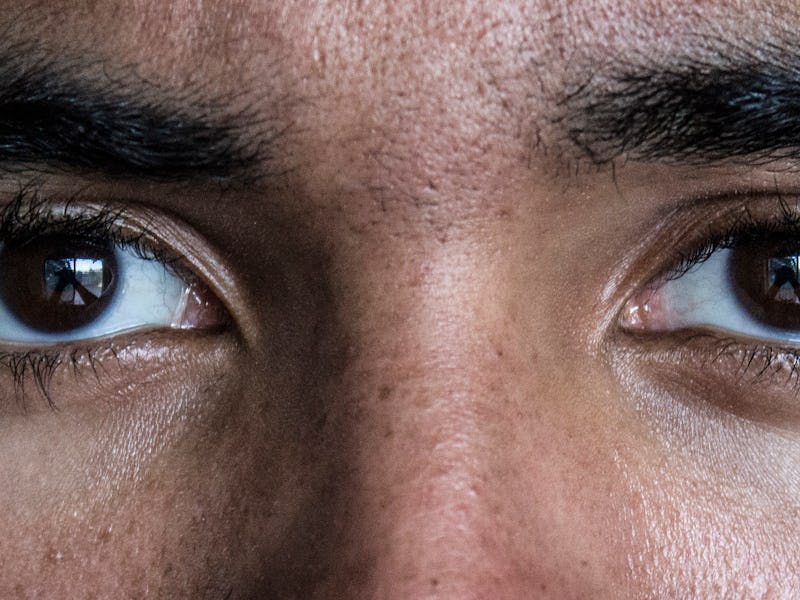How Injecting Eyes With Algae DNA and Viruses Could Reverse Blindness
A new study aims to give light-sensing ability to people previously trapped in darkness.

Blindness has long been considered an irreversible human disability, but scientists who claim to have figured out how to cure sightless eyes using viruses are set to challenge that belief. Next month, Texas surgeons will be testing the new technique for the first time in 15 human patients.
The study, sponsored by the Michigan-based RetroSense Therapeutics, will involve individuals suffering from retinitis pigmentosa. That type of blindness occurs when the eye’s photoreceptor cells — which are necessary for responding to light — slowly die off, allowing complete darkness to slowly settle in.
Seeing is basically the eye responding to light, so without photoreceptor cells to work with, the researchers had to figure out how to engineer other neighboring cells to do the same thing. The RetroSense technique involves using DNA from light-sensitive algae, delivered via viruses to ganglion cells in the retina. While these cells don’t normally have light-sensing ability, it’s hoped that they’ll take up the DNA and thereby learn how to produce the proteins that give algae their photosensitivity.
When these proteins, known as channelrhodopsins, are exposed to a specific wavelength of light, they send a signal via the ganglions — a type of nerve cell — to the brain, triggering the “seeing” process.
By repurposing other cells in the eye, the researchers hope to produce roughly 100,000 photo-sensitive cells, which could provide patients with the ability to see a monochromatic hand moving in front of their face. While it doesn’t sound like much, it’s an incredible step up from complete blindness.
If all goes to plan, it’s hoped that the patients will eventually be able to see larger objects, like tables or chairs, or even read large letters.
The trials, carried out by the Retina Foundation of the Southwest, are set to begin next month.